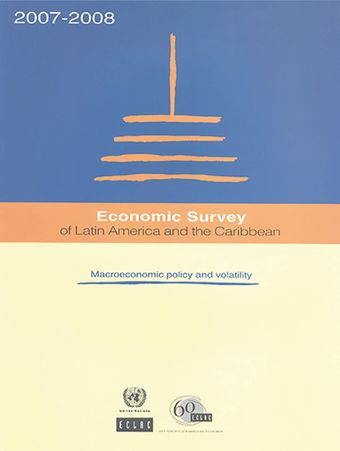Trinidad and Tobago

- Author: Economic Commission for Latin America and the Caribbean
- Main Title: Economic Survey of Latin America and the Caribbean 2007-2008 , pp 285-290
- Publication Date: December 2010
- DOI: https://doi.org/10.18356/532fef07-en
- Language: English
Despite the continuous upward trend driving energy prices to a record high, Trinidad and Tobago’s economy recorded a marked slowdown in 2007, with growth of 5.5% that was well below the impressive 12.0% posted in 2006. This was mainly due to the sharp decline in the dynamism of the energy sector, which accounts for more than 40% of GDP. On the economic policy side, rapid growth in capital spending associated with public infrastructure projects resulted in a rather expansionary fiscal policy that narrowed the fiscal surplus to 2.6% of GDP for the fiscal year 2006-2007 (6.9% in fiscal year 2005-2006). In order to offset the impact of fiscal policy on prices, monetary policy followed a conservative course, with a year-end inflation rate of 7.6%, which was 1.5 percentage points less than in 2006. The nominal exchange rate remained stable, but the tendency towards real appreciation continued. Meanwhile, the current account surplus declined by almost seven percentage points of GDP to 18.6%. General elections held in November resulted in the re-election of the People’s National Movement (PNM), and therefore no major policy changes are expected.
-
From This Site
/content/books/9789210544580s010-c010dcterms_title,dcterms_subject,pub_keyword-contentType:Journal -contentType:Contributor -contentType:Concept -contentType:Institution105



